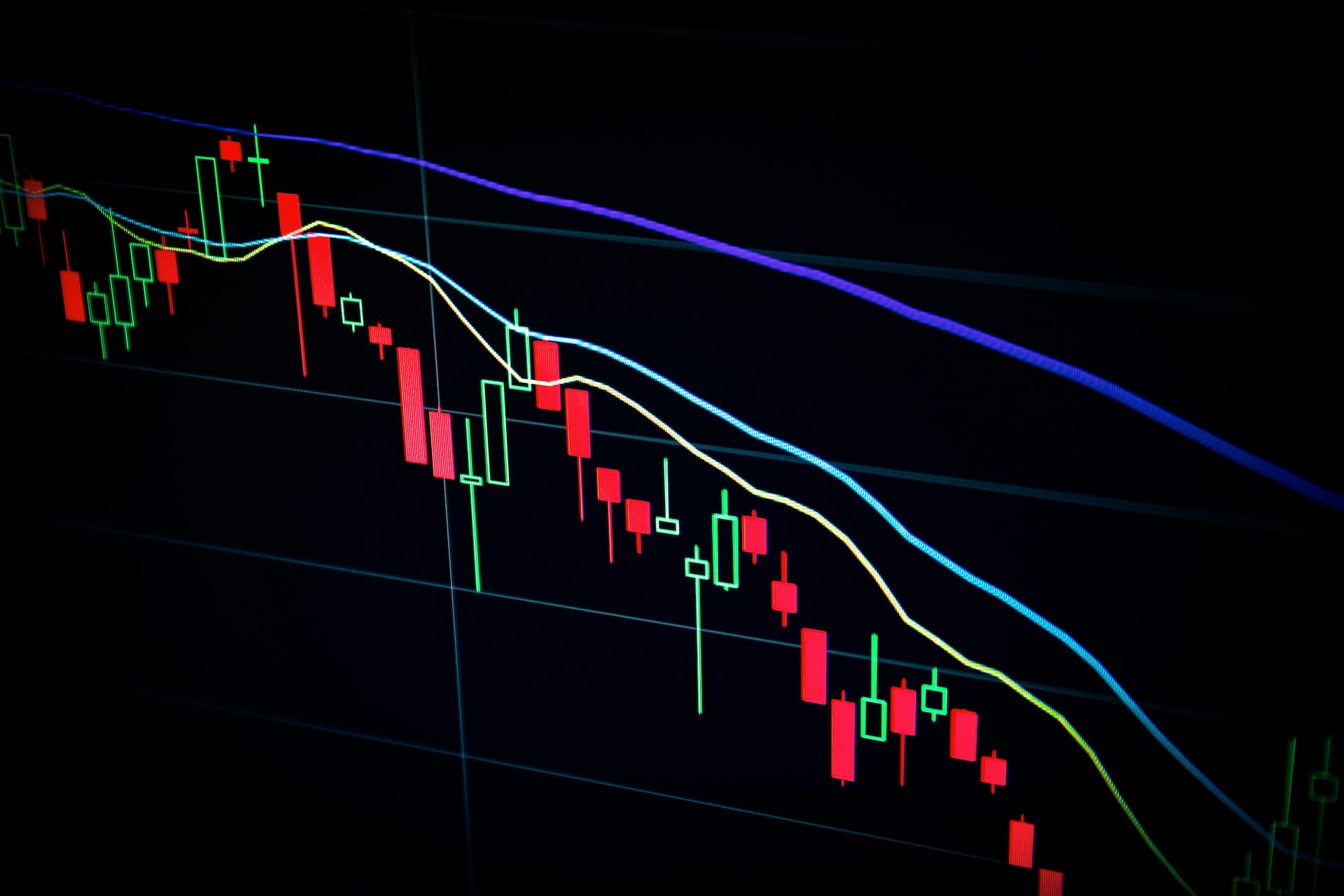Stock Trading
How to Evaluate Underestimated Stock Investments

Stocks represent partial ownership stakes in real businesses that generate cash and earnings for shareholders, such as banks or energy producers. Stocks may be over or undervalued depending on various factors; knowing how to find the best deals is vital in finding profitable shares that provide returns over time. Sometimes adverse press coverage or changes to business can alter share value significantly – these should all be taken into consideration before investing.
Price-to-book ratio
Price-to-book ratio is an invaluable metric when evaluating stocks and supply chains. It compares the market value of shares with their book value (calculated as total assets minus liabilities on balance sheet), which investors use to identify undervalued stocks. A low price-to-book ratio typically indicates that a company is healthy with strong assets – however this metric may not apply in all situations, for instance if technology firms possess valuable intellectual property that does not appear on balance sheets.
Price-to-cash flow ratios and earnings-per-share metrics can also help identify undervalued stock investments. These calculations rely on mathematical formulae that may be affected by different factors; for instance, an innovator like the mobile giant Skype may have a high price-to-book ratio while still being undervalued due to its potential growth prospects.
Dividend yield
Dividend yield is an effective metric to identify undervalued stocks with high dividend yields and high total return potential, especially when traveling to another country for foreign investments.
A high dividend yield can indicate a company’s financial health and growth potential, but investors should still exercise caution when considering dividend yield as it can sometimes indicate undervaluation in some sectors or companies don’t offer dividends at all.
Some traders utilize standard metrics to assess a stock’s value, including price/earnings ratio or price/cash flow analysis. Although these indicators can be beneficial in their analysis of valuation, other factors must also be taken into consideration – Lowe’s share price has recently experienced a decrease, yet still boasts a robust dividend yield of 2.30% – this could make an excellent option for investors seeking steady sources of income that also serve to protect against inflation.
Price-to-earnings ratio
Price-to-earnings ratio (P/E ratio) measures how much investors are willing to pay per dollar of earnings of a company, as well as helping traders identify companies which are undervalued and make money off them. Investors can compare a stock’s P/E ratio against its history and the average P/E of its industry group; if one falls below this average P/E, this could indicate undervaluation.
Price-to-earnings ratios (P/Es) can be useful tools when it comes to evaluating stocks, but should only be employed alongside other valuation and financial analysis techniques. For instance, trailing P/E ratios can change as stock prices fluctuate – leading to surprising outcomes if earnings fall and force the ratio into negative territory. A more stable measure would be forward P/E ratios that use estimates of future earnings estimates to calculate valuation – this approach can help avoid volatile P/Es.
Insider transactions
As part of an investment analysis, one key consideration when selecting stocks is whether company insiders are buying or selling shares in their business. Because executives often understand it better than anyone, paying attention to what actions these company executives are taking is vital if you wish to reap any gains from investing. All transactions with company executives will be reported via filings with the Securities and Exchange Commission (SEC).
Insiders include company officers, directors, and blockholders with more than 10% ownership in a firm’s shares. Under Section 16 of the Securities Exchange Act, these individuals are required to report any trading activity by the end of the second business day after an exchange has taken place; furthermore they cannot discuss or disclose material nonpublic information unless for conducting Company business purposes only.
Failure to report insider trades must be reported on Form 4 and 5, otherwise penalties such as fines, forfeiture of profits and even potential employment termination may apply. Under US law, insider trading applies when any purchase or sale involves material nonpublic information that would require reporting.






















